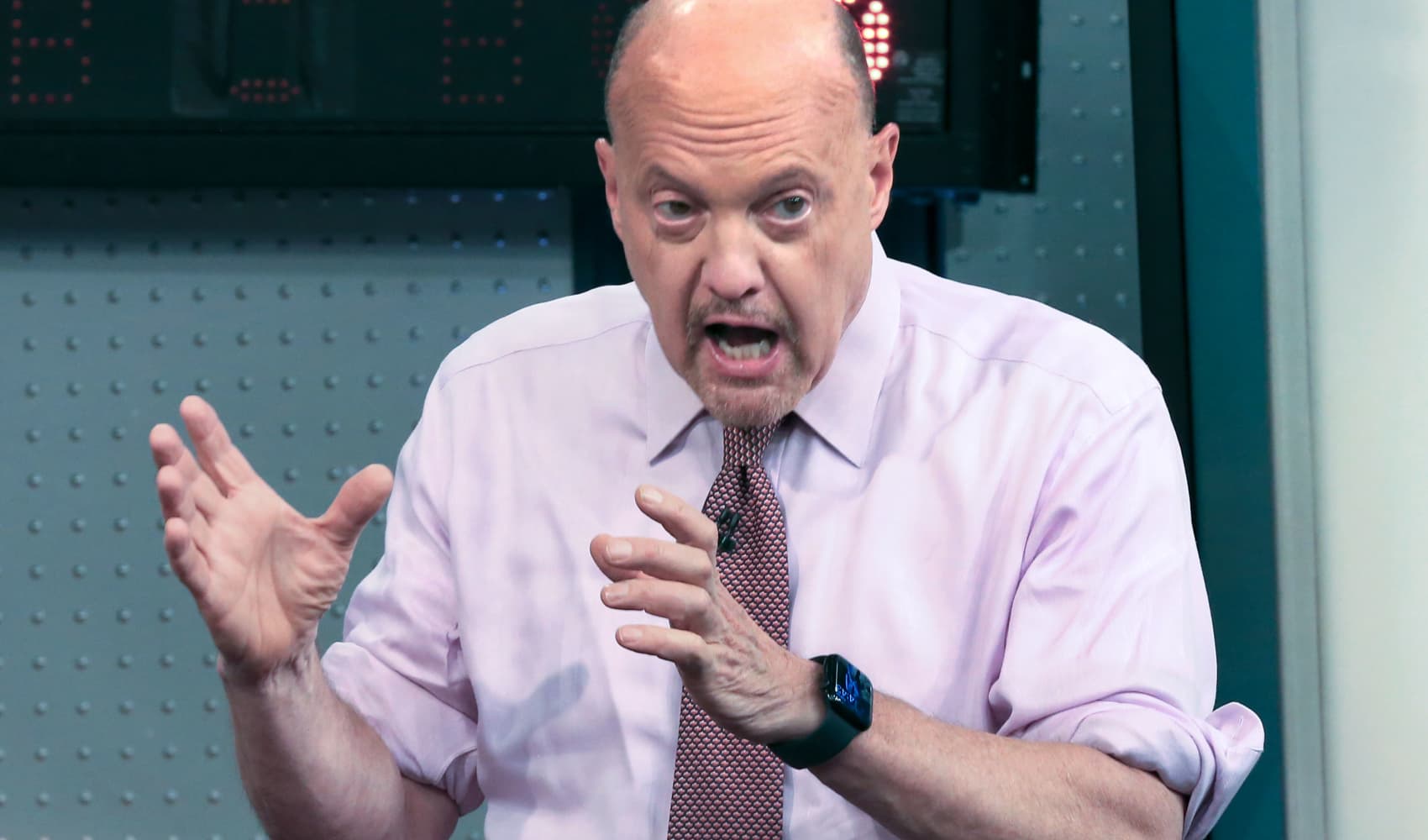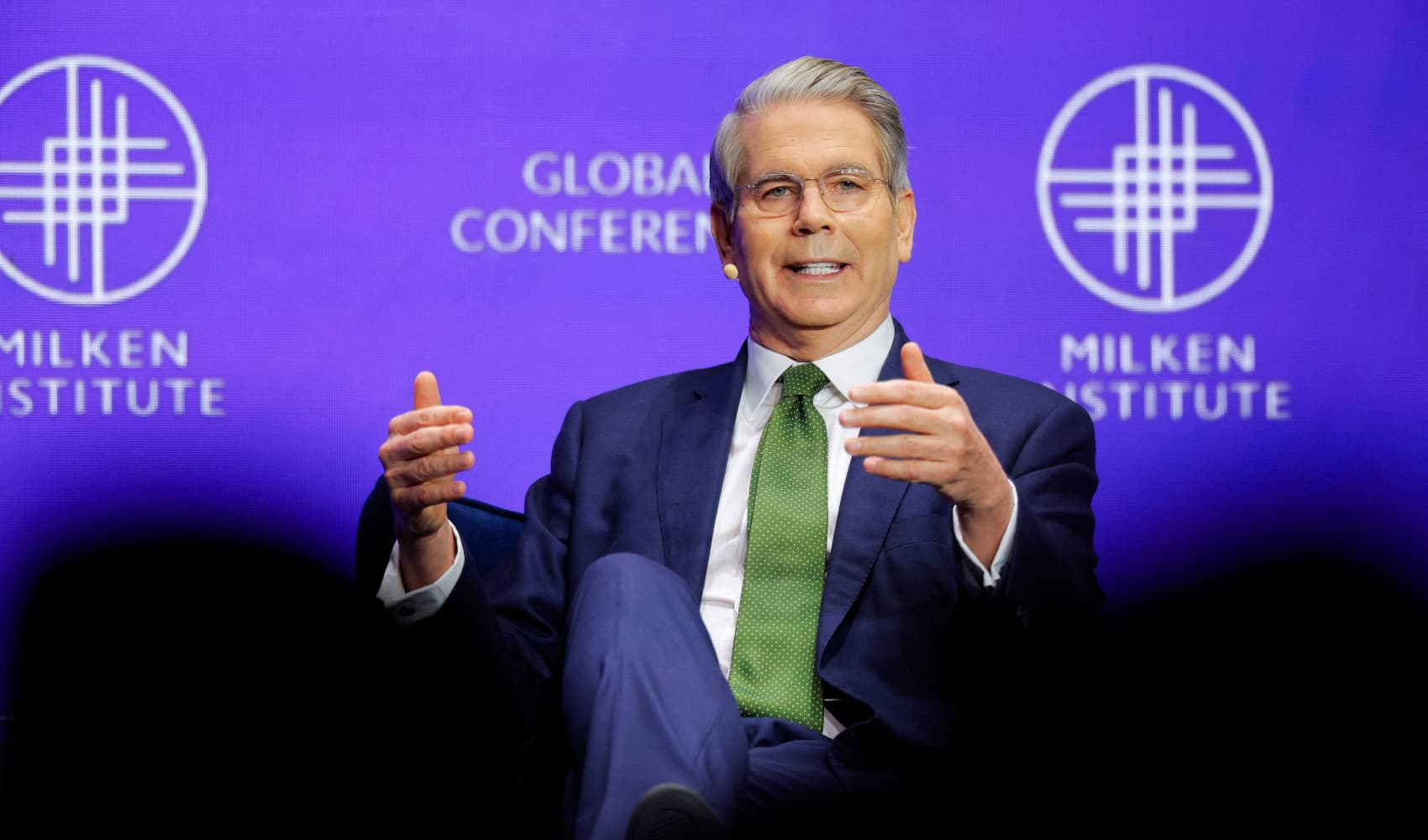Trump's Market Magic: Cramer on His Unprecedented Sway
Trump's Market Magic: How One Man Bent Wall Street to His Will
Introduction: The Unprecedented Power of a President
Ever witnessed a conductor leading an orchestra with such authority that every instrument bends to his precise whim? That's the picture CNBC's Jim Cramer painted when describing Donald Trump's influence over the stock market. He wasn't just suggesting Trump had some sway; he was articulating something far more profound: a near-unprecedented level of control. "I've never, ever seen the market bend so readily to the wishes of one man," Cramer emphatically stated. But how did this happen? What levers did Trump pull to seemingly manipulate Wall Street's emotional state?
Trump's Social Media Sword: Tweets That Triggered Trillions
One of the most potent weapons in Trump's arsenal was undoubtedly his social media presence. His Twitter account, in particular, became a battleground for economic policy. A single tweet could send shockwaves through the market, causing stocks to soar or plummet in mere minutes. Think of it as a digital slingshot, firing opinions that directly impacted multi-billion dollar companies. Was this direct communication a stroke of genius or a reckless disregard for market stability?
The Art of the Deal…or the Tweet?
Remember the trade wars? Every proposed tariff, every threat of sanctions, was often broadcast first on Twitter. Investors, glued to their screens, reacted instantly. This created volatility but also opportunities for those who could anticipate the market's reaction. The question became: could you trade based on Trump's tweets? Many tried, with varying degrees of success.
Deregulation and the Dow: Loosening the Reins on Business
Trump's commitment to deregulation was a cornerstone of his economic policy. He argued that removing government red tape would unleash the animal spirits of the market, leading to faster growth and higher profits. And, to some extent, it did. But at what cost? Some critics argued that these deregulatory measures prioritized short-term gains over long-term sustainability and environmental protection.
Tax Cuts: A Shot of Adrenaline or a Sugar Rush?
The Tax Cuts and Jobs Act of 2017 was a signature achievement of the Trump administration. Lowering corporate tax rates provided a significant boost to earnings, which in turn fueled stock buybacks and dividends. The market responded enthusiastically. Was this a sustainable strategy, or just a temporary sugar rush that masked underlying economic weaknesses?
The Fed Factor: Pressuring Powell and Navigating Interest Rates
Trump's relationship with the Federal Reserve was, shall we say, unconventional. He frequently criticized Fed Chair Jerome Powell for raising interest rates, arguing that it was hindering economic growth. This public pressure on the Fed was unprecedented in recent history. Did Trump's interference undermine the Fed's independence? Many economists believe it did, blurring the lines between political influence and monetary policy.
Lower Rates, Higher Valuations: The Trump Doctrine?
Trump believed that lower interest rates were essential for maintaining a booming economy. He saw them as a key ingredient for stimulating investment and creating jobs. This philosophy clashed with the Fed's mandate to maintain price stability, leading to friction and uncertainty.
Trade Wars and Market Swings: Navigating the Tariff Tango
The trade war with China was a constant source of market volatility during Trump's presidency. Each escalation and de-escalation sent investors on a rollercoaster ride. The uncertainty surrounding tariffs and trade agreements made it difficult for businesses to plan for the future, impacting supply chains and consumer prices. Was the trade war worth the economic disruption?
Winners and Losers: The Impact of Tariffs
While some sectors, like domestic steel producers, may have benefited from tariffs, others, like manufacturers who relied on imported components, suffered. The trade war created winners and losers, often in unpredictable ways. It also highlighted the interconnectedness of the global economy.
The Trump Rally: A Confidence-Driven Surge?
The stock market experienced a significant rally during Trump's presidency. Whether this was solely attributable to his policies is debatable, but there's no denying that his pro-business rhetoric and tax cuts contributed to a sense of optimism. Was this a genuine reflection of economic strength, or an artificially inflated bubble? That's a question economists will be debating for years to come.
Beyond the Headlines: Digging Deeper into Economic Indicators
While the stock market soared, it's important to remember that it's not the sole indicator of economic health. Other factors, such as wage growth, inflation, and unemployment, provide a more comprehensive picture. Analyzing these indicators can help us understand the true impact of Trump's policies on the overall economy.
The Role of Sentiment: The Power of Belief
Market sentiment plays a crucial role in driving stock prices. If investors are optimistic about the future, they're more likely to buy stocks, driving prices higher. Trump's ability to influence sentiment, through his words and actions, was a key factor in the market's performance. But sentiment can be fickle, and easily swayed by unforeseen events.
Irrational Exuberance: When Optimism Turns to Mania
Alan Greenspan famously warned of "irrational exuberance" in the late 1990s. This refers to a situation where asset prices are driven up by speculation and enthusiasm, rather than underlying economic fundamentals. Some observers argued that the Trump rally exhibited characteristics of irrational exuberance.
Beyond Trump: Factors Influencing the Market
While Trump's influence was undeniable, it's important to remember that the stock market is a complex system influenced by a multitude of factors. Global economic conditions, technological advancements, and demographic trends all play a role. Attributing the market's performance solely to one individual is an oversimplification.
The Long-Term View: Zooming Out for Perspective
When analyzing market trends, it's crucial to take a long-term perspective. Short-term fluctuations can be misleading. Examining the market's performance over several decades can provide a more accurate understanding of its underlying dynamics.
The Legacy of the Trump Market: What Will Endure?
What will be the lasting legacy of the Trump market? Will the tax cuts continue to stimulate economic growth? Will the deregulatory measures lead to long-term benefits, or will they create new risks? These are questions that will only be answered in time.
A New Era of Presidential Influence?
Perhaps the most significant legacy is the precedent Trump set for presidential influence over the market. He demonstrated the power of social media and direct communication to shape investor sentiment and drive market behavior. Will future presidents follow this playbook?
Conclusion: A Unique Era in Market History
Jim Cramer's observation highlights a unique period in market history where the actions and words of a single individual, President Donald Trump, seemed to exert an unparalleled influence. Through social media, deregulation, tax cuts, and pressure on the Federal Reserve, Trump navigated the tides of Wall Street in a way rarely seen. While other factors undoubtedly played a role, the perception and reality of Trump's sway were undeniable, creating both opportunities and anxieties for investors. The long-term consequences of this era remain to be fully understood, but one thing is clear: Trump's presidency left an indelible mark on the financial landscape.
Frequently Asked Questions (FAQs)
Here are some frequently asked questions about Trump's influence on the stock market:
- Q: Did Trump's tweets really affect the stock market?
A: Yes, numerous studies have shown a correlation between Trump's tweets and market movements, particularly in sectors related to the topics he discussed.
- Q: What was the biggest driver of the "Trump rally"?
A: It's difficult to pinpoint one single factor, but tax cuts, deregulation, and a generally pro-business sentiment likely contributed significantly.
- Q: How did the trade war impact the stock market?
A: The trade war created significant volatility, with market swings often coinciding with announcements of new tariffs or progress in negotiations.
- Q: Was Trump's pressure on the Federal Reserve appropriate?
A: That's a matter of debate. Critics argued it undermined the Fed's independence, while supporters believed it was necessary to stimulate economic growth.
- Q: What are the long-term consequences of Trump's market policies?
A: It's still too early to fully assess the long-term consequences, but potential impacts include changes in corporate behavior, shifts in global trade patterns, and a re-evaluation of the role of presidential influence on the market.


